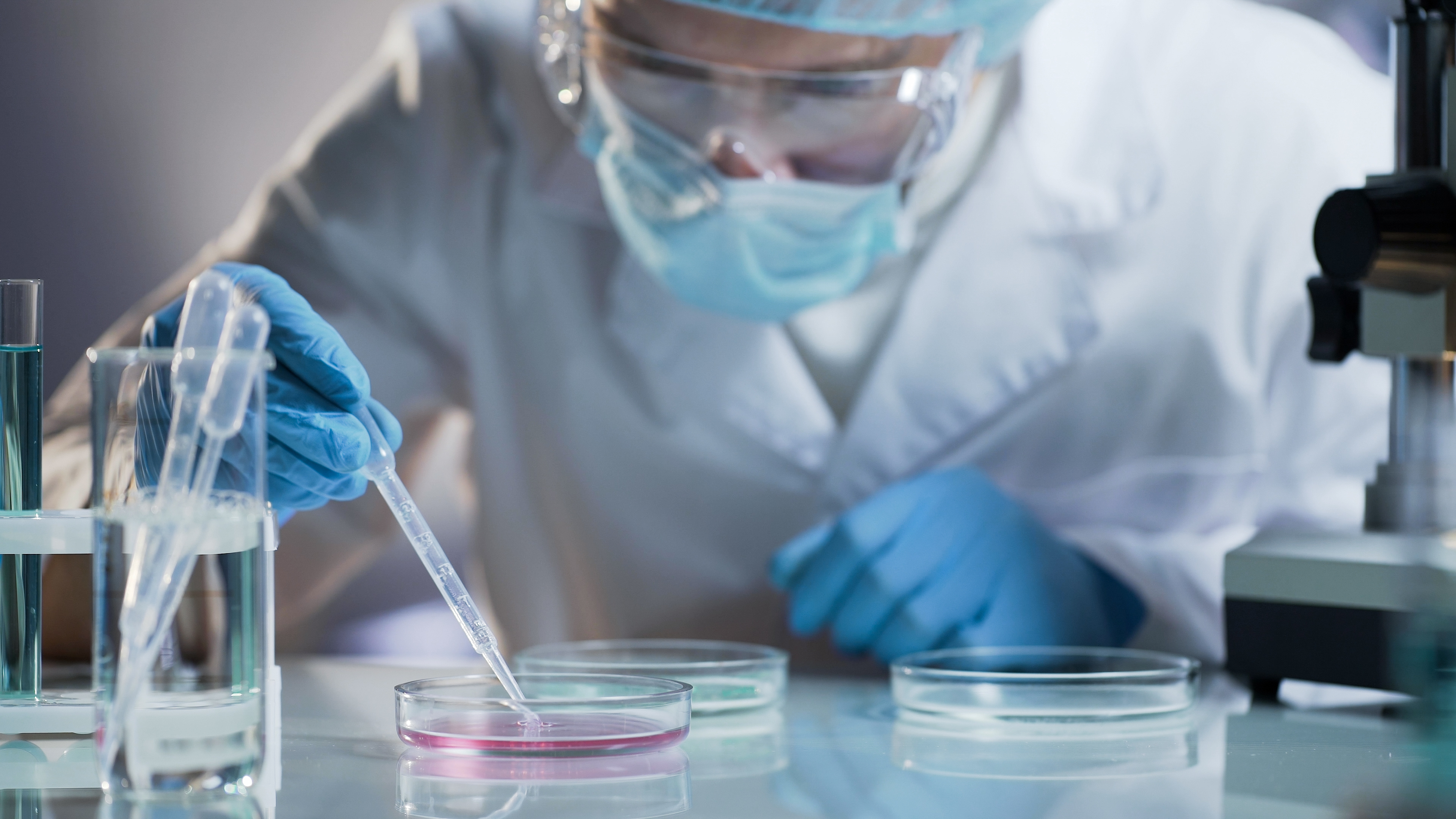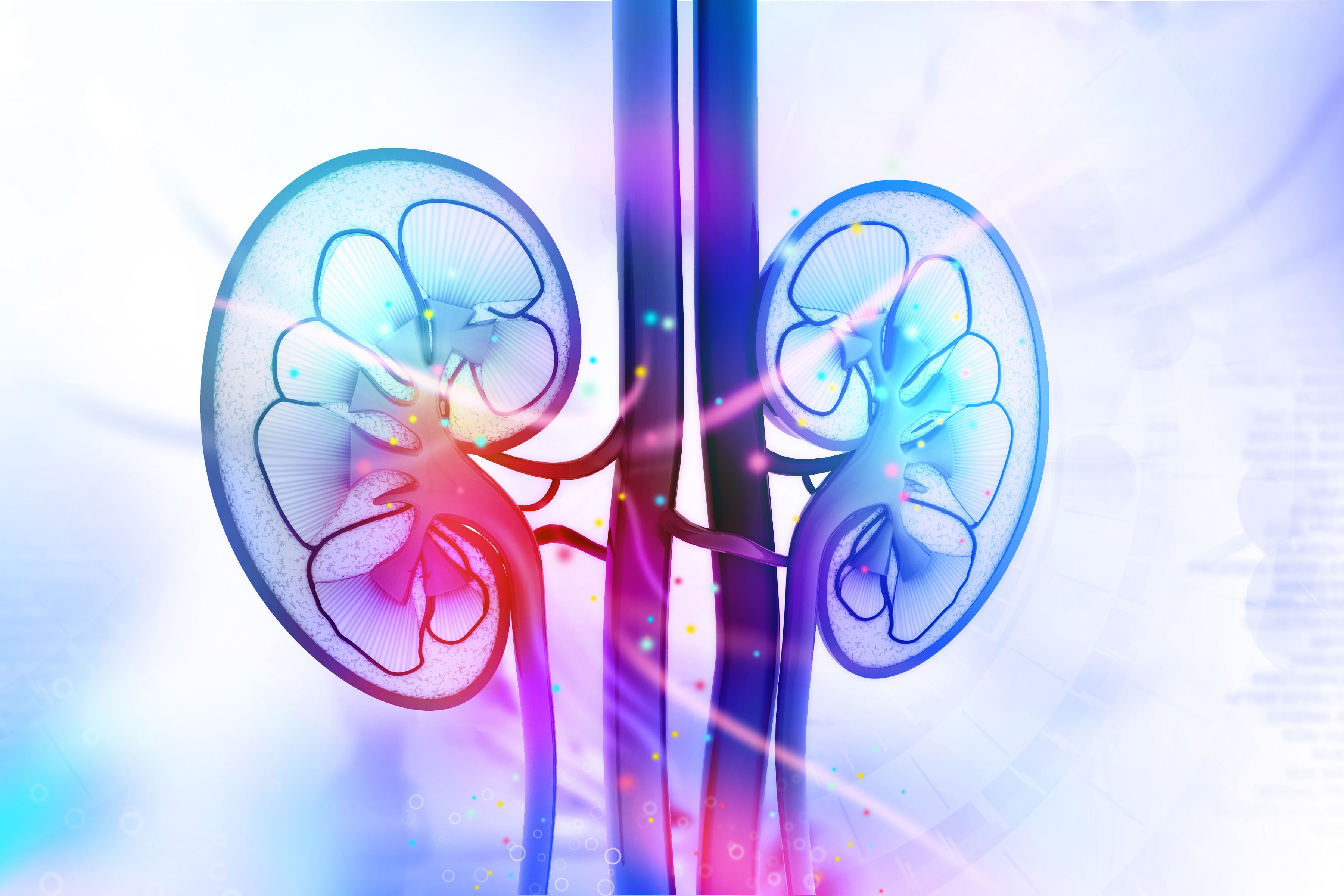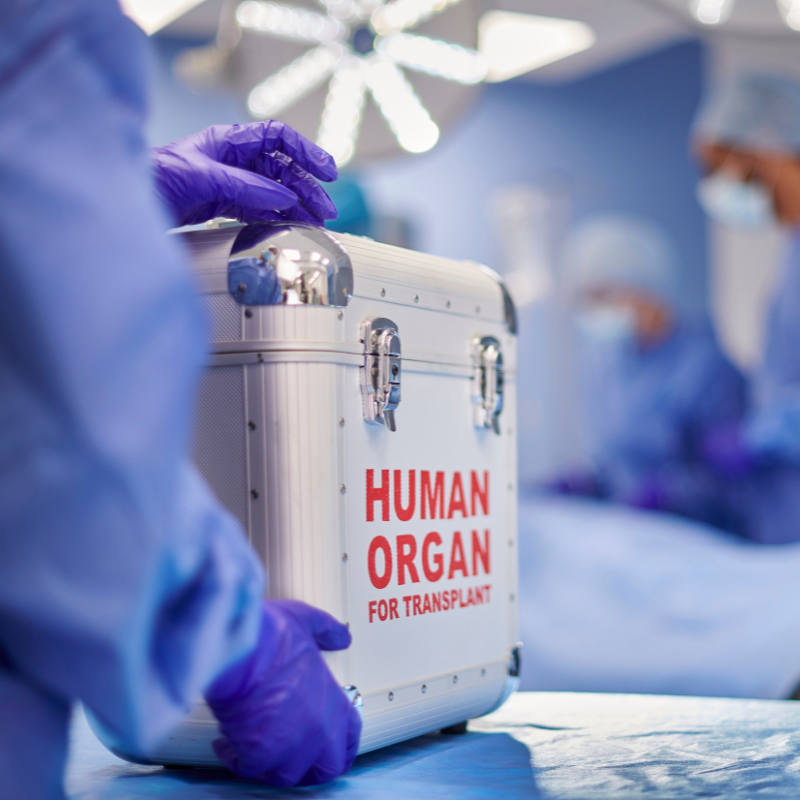
PKD Foundation Chief Scientific Officer, Dr. David Baron
There are some truly fascinating techniques in the research field being used to help increase our understanding of PKD. This week, our Chief Scientific Officer, Dr. David Baron, shares how the development of kidney organoids may help us get closer to new treatments:
Cell biologists began to grow cells derived from various tissues and organs into what are known as cell cultures in glass dishes (in vitro). These cells could accomplish some of the functions they were designed to do, such as secrete proteins or direct the movement of salts, water, and other across them. However, these cell cultures were mostly two-dimensional and didn’t look anything like the organs or tissues they came from. Another problem, aside from lack of structure, is that these cells would divide only so many times, and with increasing cell division, the cells would often lose their original functions that distinguished them in the first place.
 What these biologists really wanted to build was a cell culture system by which the freshly isolated cells could grow into three dimensional structures rather than flat sheets, or even better, grow into structures that, to some extent, reflected where they came from. An early example of this is the use of Madin-Darby Canine Kidney cells or MDCK cells, first established to study viral infections. Scientists later discovered that they could grow these cells into three dimensional tubules that could transport salts and water, functions similar to what the mammalian kidney tubules do. However, these were simple structures of the same cell type that had only a vague resemblance to the complicated kidney from which they were derived.
What these biologists really wanted to build was a cell culture system by which the freshly isolated cells could grow into three dimensional structures rather than flat sheets, or even better, grow into structures that, to some extent, reflected where they came from. An early example of this is the use of Madin-Darby Canine Kidney cells or MDCK cells, first established to study viral infections. Scientists later discovered that they could grow these cells into three dimensional tubules that could transport salts and water, functions similar to what the mammalian kidney tubules do. However, these were simple structures of the same cell type that had only a vague resemblance to the complicated kidney from which they were derived.
Dogs are not humans, however. Recent exciting research, in part funded by the PKD Foundation, has shown that human pluripotent stem cells (hPSCs) derived from human skin biopsies can be grown into kidney organoids. Pluripotent stem cells can be induced to change (differentiate) into many distinct cell types. For example, more than 20 distinct cell types required to accomplish the many functions of the human kidney. Much more complex than MDCK cells in culture, these hPSCs can be grown into organoids that resemble in some key ways the structure of the human kidney. The latest research is seeking to grow blood vessels and connective tissue to augment the organoids. Someday this research could be used to actually grow a functional kidney! More importantly for PKD research right now, these organoids can be made to express the ADPKD mutation that causes the disease.
 One of the barriers to finding effective treatments for PKD is the lack of an in vitro system to screen potentially promising molecules that could become novel drugs. Such an in vitro system allows for high throughput screening, which is orders of magnitude more efficient than relying on rodent models of PKD. Kidney organoids, particularly those containing the ADPKD mutation, while not quite high throughput, are much more efficient than animal models for screening molecules that could be the next generation of drugs for the treatment of PKD. The PKD Foundation is proud to play a continuing role in this exciting research!
One of the barriers to finding effective treatments for PKD is the lack of an in vitro system to screen potentially promising molecules that could become novel drugs. Such an in vitro system allows for high throughput screening, which is orders of magnitude more efficient than relying on rodent models of PKD. Kidney organoids, particularly those containing the ADPKD mutation, while not quite high throughput, are much more efficient than animal models for screening molecules that could be the next generation of drugs for the treatment of PKD. The PKD Foundation is proud to play a continuing role in this exciting research!
For all the latest news on research, sign up to receive our emails!









SO IN NUTSHELL, NO ACHIEVEMENT, SO FAR
Actually creating kidney organoids to eventually model a full kidney is a huge achievement. Cell culture technology is relatively new and we are becoming more advanced in our methods and what we can do at an exponential pace. Kidneys are very complex organs with multiple different cell types in their system. This research could lead to two big things. One, not having to rely soley on afflicted patients to study PKD treatment, and two, eventually allowing for an alternative method of treatment than transplant. When my brother died of ARPKD, the only option was transplant. The research into this disease was nowhere. I find it rather encouraging to see this disease gain more and more attention, and more methods of research are being applied to finding a treatment.
the research on the AD PKD carrier family from their inhabitation, food habits and culture as they are surviving for 3 to 3.5 decades without much medicinal management, using some alternative medicinal supplements and controlled or restricted diet intake especially vegetarians.
able to get on up to the age of 65 to 70 just having a HTN Pill not going for Heamo Dialysis which leads to Hepatitis all those succumbed are by Hepatitis whether notified or not It is strongly known and understood that Liver plays very important role not completely studied complaints of PKD relates to Digestive system.
B S P SASTRY
Mechanical Engineer
BHEL Visakhapatnam Andhra Pradesh India 530012
Eagerly waiting for more fruitful experiments!!!!!